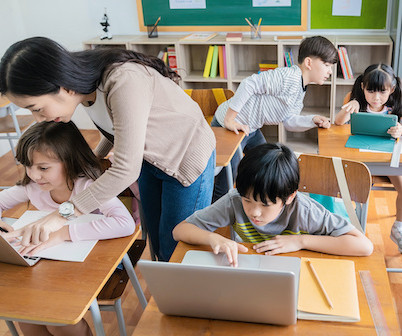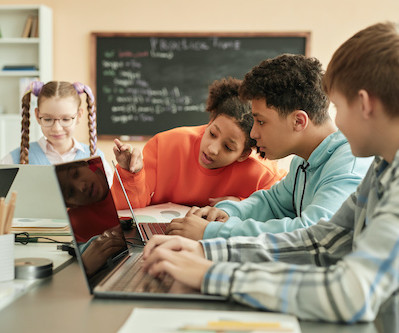What are the Three Active Strategies?
eSchool News
APRIL 5, 2024
Let’s explore how these strategies promote engagement, critical thinking, and deeper understanding among students, enhancing academic success. What are three active learning strategies? Here are three effective strategies: Think-Pair-Share : This strategy encourages active participation and collaboration among students.
















Let's personalize your content